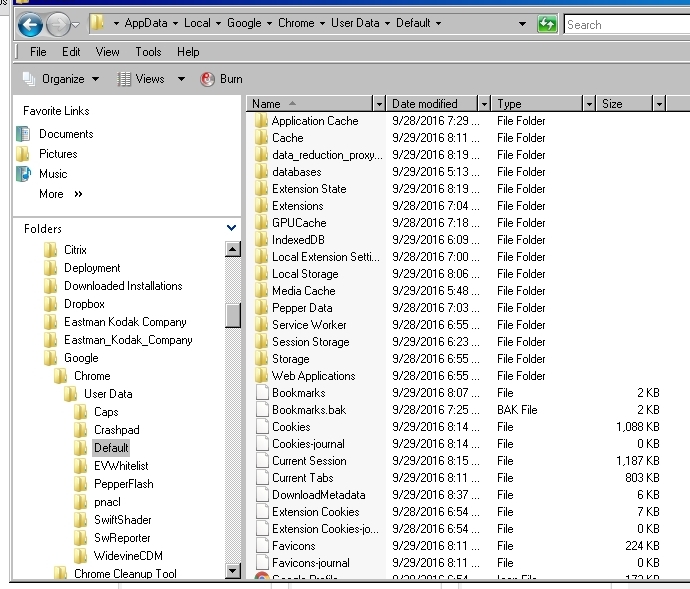

The options include an external hard drive, a USB memory stick, an SD card and so on. Once you have saved a file called Vivaldi_Bookmarks-20190207.html or something similar, you can stow it somewhere safe. The export routine has been cunningly hidden behind the import routine. In Microsoft Edge, click the three dots for Settings, or press Alt-X, then the “Import from another browser” button.

After that, click the three dots in the blue Bookmarks bar and select “Export bookmarks”.

In Google Chrome, you can press Ctrl-Shift-O (for Obscure, I assume) to load the bookmark manager or, like me, type chrome://bookmarks in the address bar and hit enter. In Firefox, for example, you have to use the obscure Library button, or press Ctrl-Shift-B (for Bookmarks), then click the drop-down menu item for “Import and Backup”. Opera is almost as good – you select Bookmarks then “Export Bookmarks …” – but most browsers now make it more complicated. In a well-designed browser such as Vivaldi, you can go to the File menu and simply select “Export Bookmarks …” to create a backup file. The drawback? The saved document isn’t updated when you add a new bookmark. In fact, some people find that having their bookmarks as a local webpage is handier than folders of bookmarks. Double-clicking this file will load it in a tab in your default browser, where you will be able to click the links to your heart’s content. Fortunately, almost all browsers let you save bookmarks into a single file in the web’s HTML format.


 0 kommentar(er)
0 kommentar(er)
